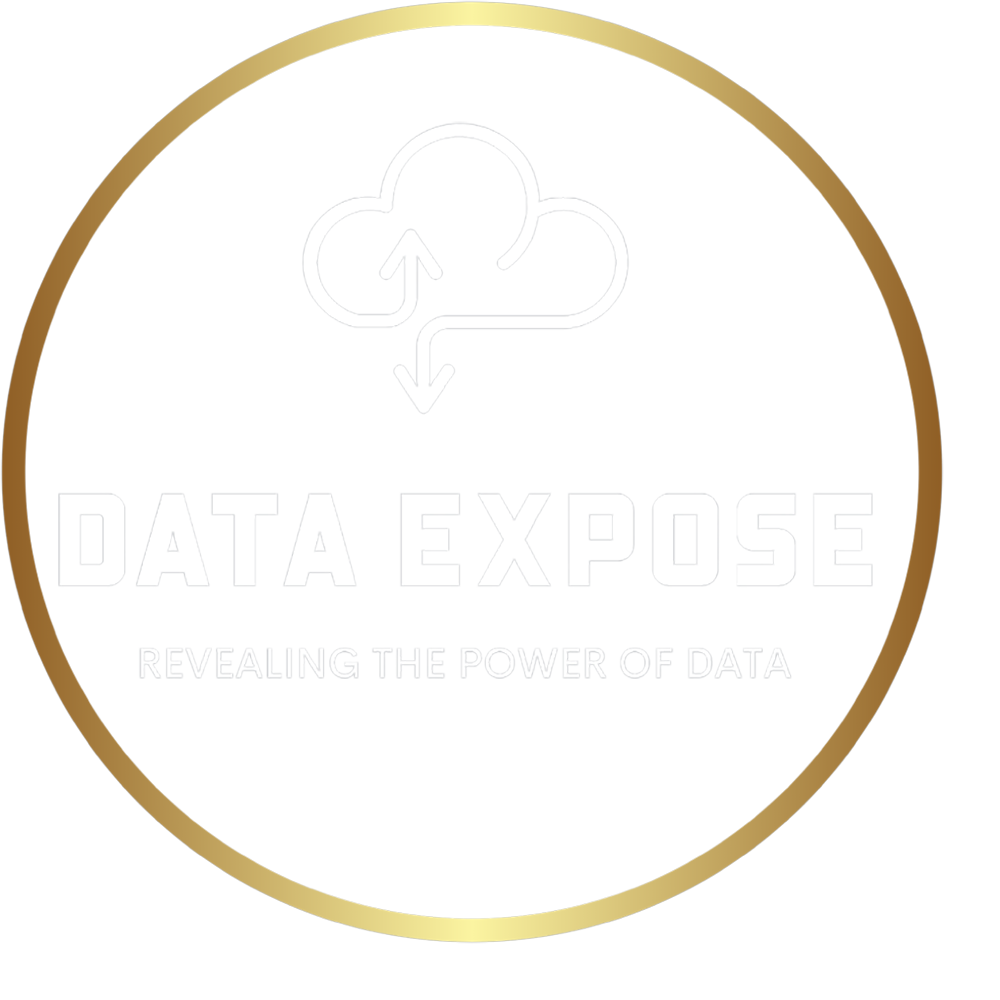Solutions
Solutions
Solutions for Small Businesses: Getting Started with Big Data
Harnessing the potential of big data analytics can significantly improve operations for small businesses. Here’s a step-by-step guide on how to get started:
- Define Your Big Data Strategy
- -Identify the specific data you want to analyze.
- -Create a plan to acquire high-quality new data efficiently.
- Identify Data Sources
- -Tap into existing data sources you may not have realized were valuable, such as:
- -Email marketing reports
- -Sales receipts
- -Social media analytics
- -Internet of Things (IoT) devices
- -Website analytics
- -Streaming data from connected devices
- -Publicly available data
- -Data lakes
- -Suppliers
- -Customer relationship management (CRM) software
- -Use these sources to enrich your data analysis efforts
- Data Presentation
- Transform your analyzed data into easily comprehensible formats
- Utilize trusted tools like Microsoft Excel and PowerPoint.
- Consider specialized data visualization tools for insightful reports.
- Explore interactive executive dashboards for engaging presentations.
- Data-Driven Decision-Making
- Embrace the insights gained from data analysis to make informed decisions.
- Trust the process, even if the data challenges established practices or gut feelings.
- Leveraging big data analytics is a valuable asset for small businesses, offering new perspectives and data-driven opportunities to enhance operations and drive success.
- Ask the Right Questions
- -Beyond tracking standard metrics like sales and revenue, dig deeper
- -Identify top-performing vendors.
- -Pinpoint product lines needing improvement.
- - Review granular details that reveal the consequences of current operational practices.
- Data Management and Storage
- - Decide whether to store your data on-site in a data warehouse or utilize third-party cloud storage services, data lakes, data pipelines, or Hadoop.
- Data Analysis
- -Acknowledge the scale of big data and equip yourself accordingly
- -Consider these best practices
- - Seek the expertise of a data specialist for in-depth insights
- - Utilize predictive and prescriptive analytics to explore future possibilities.
- - Implement real-time analytics through executive dashboards.
- Leverage your existing data sources alongside freely available tools like Google Analytics.
- Consider Third-Party Solutions
- Explore third-party data analysis solutions tailored for small businesses.
- SAS Viya: Offers statistical analysis and customer intelligence.
- Kissmetrics: Identifies customer behaviors to enhance marketing ROI.
- InsightSquared: Collects and analyzes data for marketing, staffing, and sales insights.
- Watson Analytics (IBM): Enables predictive business analytics without requiring data science expertise.

